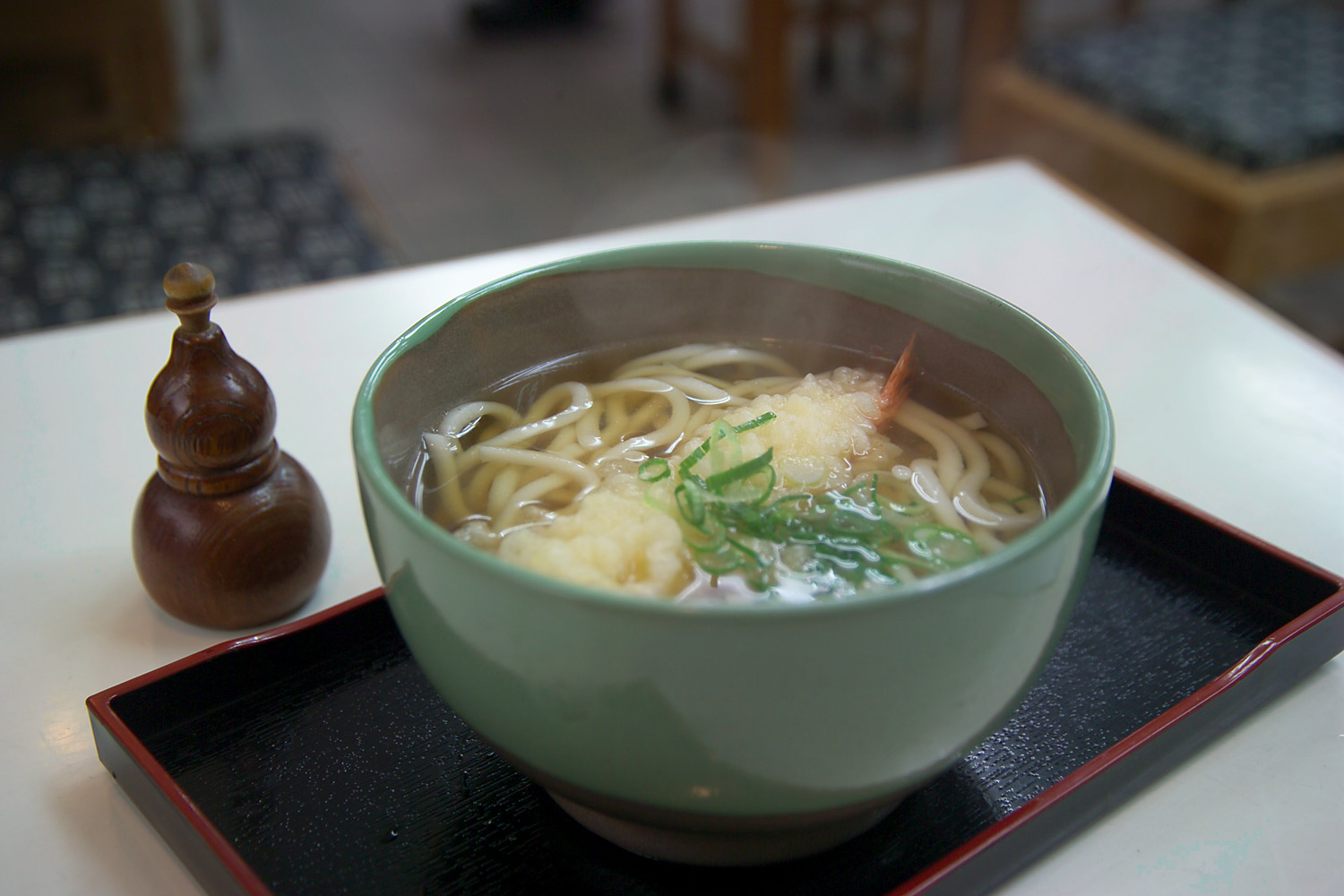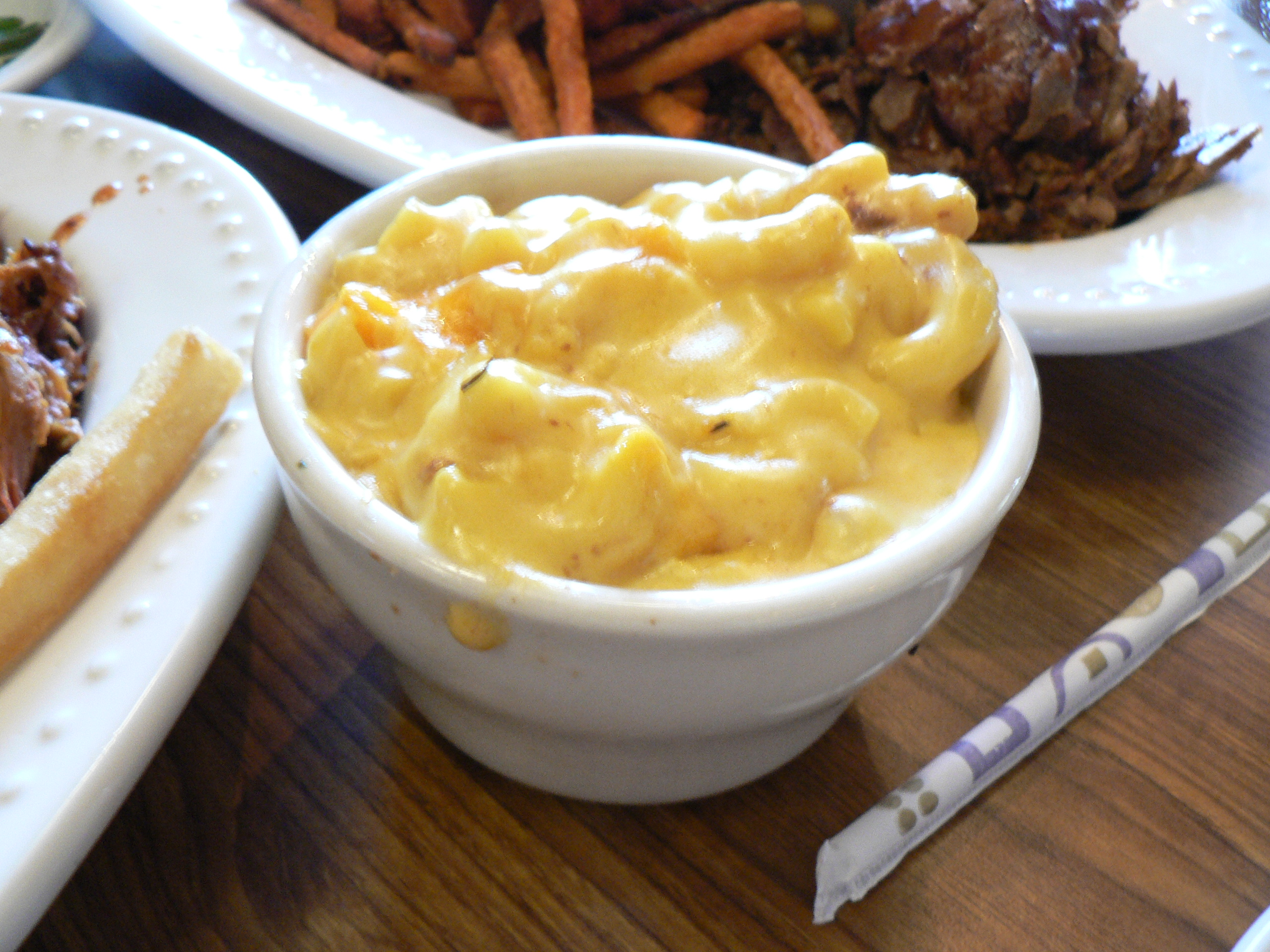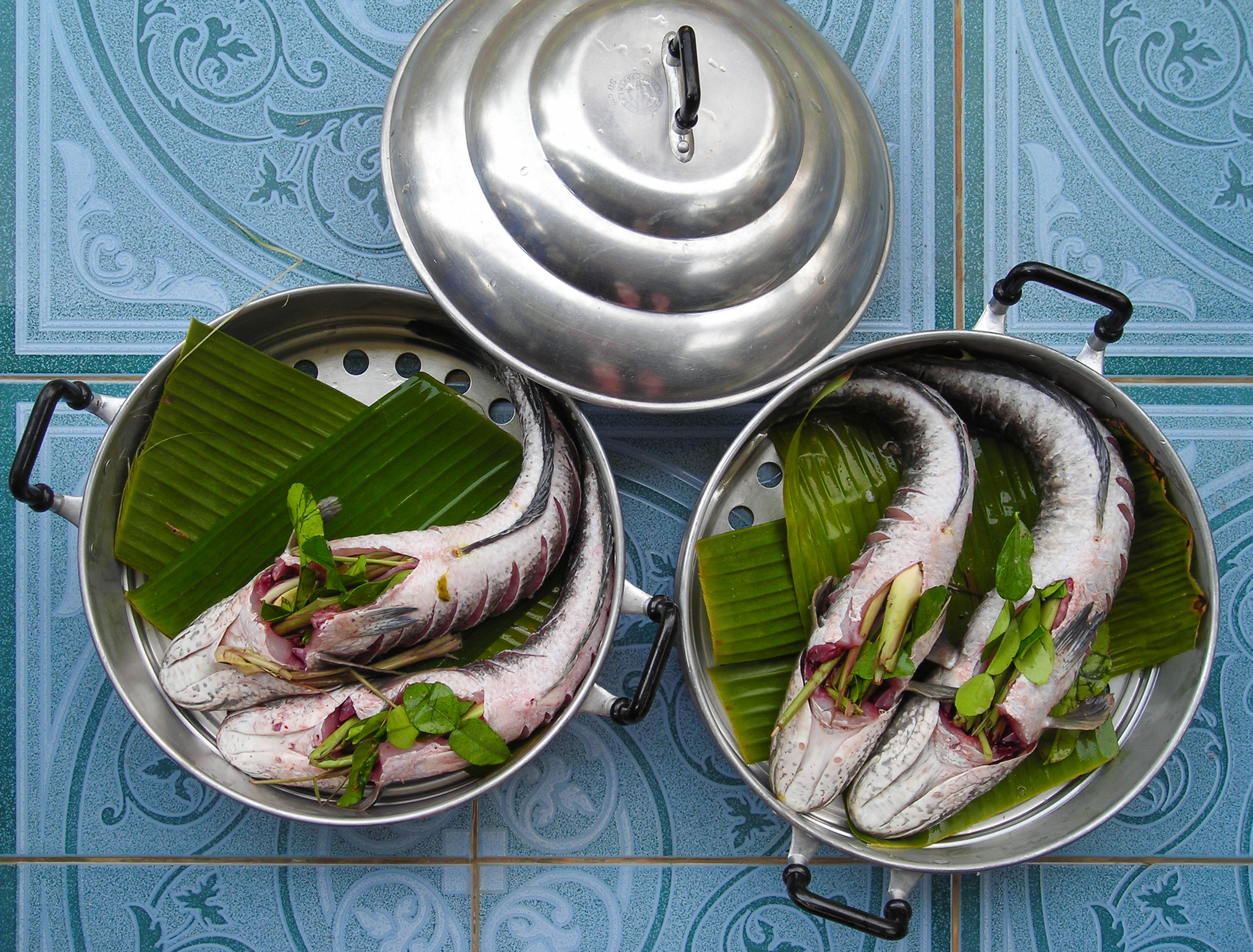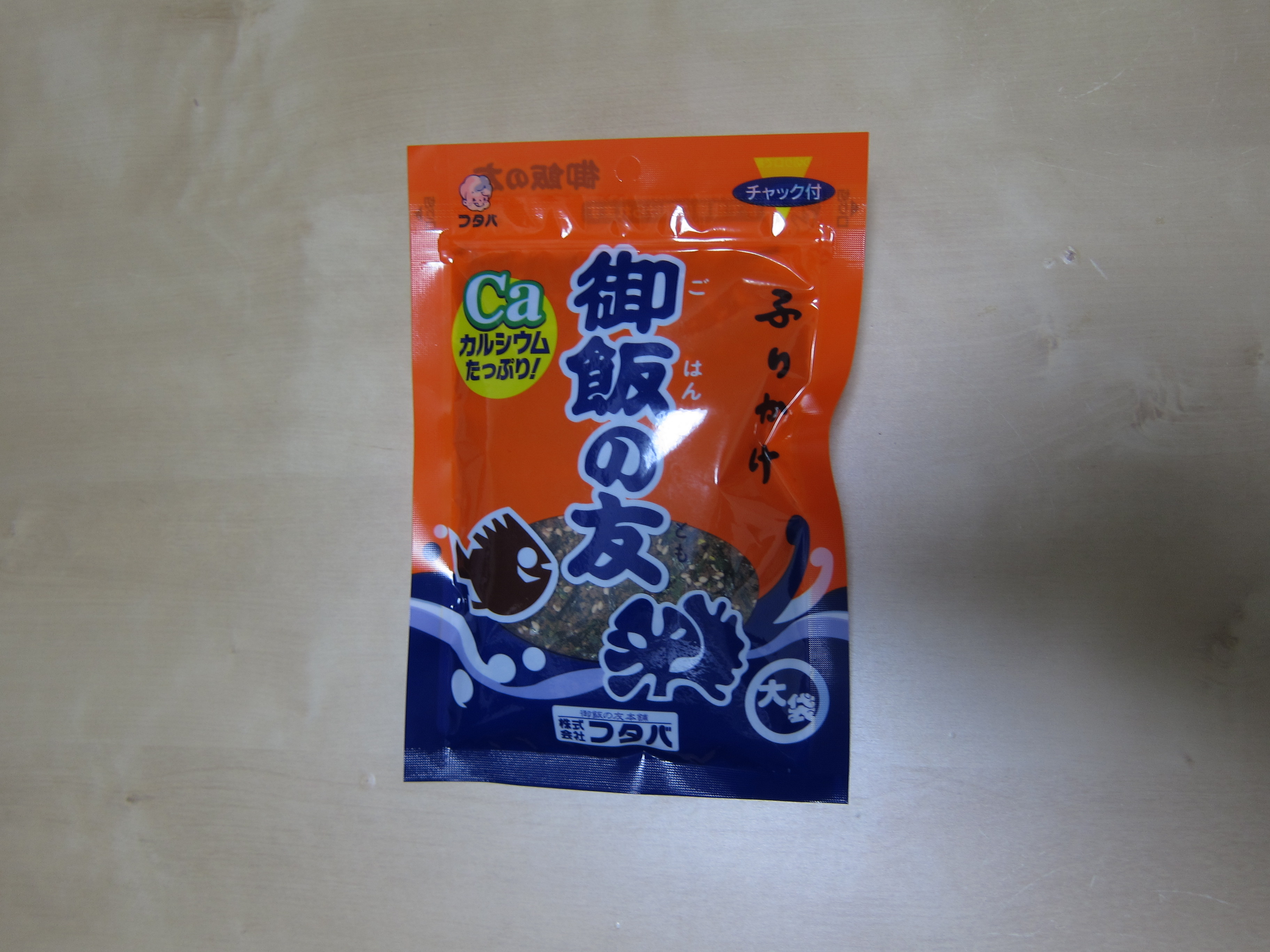|
Okazu
''Okazu'' ( or ; ; ) is a Japanese word meaning a side dish to accompany rice; subsidiary articles of diet.''Kenkyusha's New Japanese-English Dictionary'', They are cooked and seasoned in such a way as to match well when eaten with rice, and are typically made from fish, meat, vegetable, or tofu. Nearly any food eaten with rice can be considered okazu, though it is distinct from furikake, which is meant specifically to add flavor to the rice itself rather than to be eaten alongside rice. In modern Japanese cuisine Japanese cuisine encompasses the regional and traditional foods of Japan, which have developed through centuries of political, economic, and social changes. The traditional cuisine of Japan (Japanese language, Japanese: ) is based on rice with m ..., ''okazu'' can accompany noodles in place of rice. See also * * * * List of Japanese dishes#Common Japanese main and side dishes (okazu, おかず) References Japanese cuisine {{Japan-cuisine-stub ... [...More Info...] [...Related Items...] OR: [Wikipedia] [Google] [Baidu] |
Japanese Cuisine
Japanese cuisine encompasses the regional and traditional foods of Japan, which have developed through centuries of political, economic, and social changes. The traditional cuisine of Japan (Japanese language, Japanese: ) is based on rice with miso soup and other dishes with an emphasis on seasonal ingredients. Side dishes often consist of fish, Tsukemono, pickled vegetables, tamagoyaki, and vegetables cooked in broth. Common seafood is often grilled, but it is also sometimes served raw as sashimi or as sushi. Seafood and vegetables are also deep-fried in a light batter, as '. Apart from rice, a staple includes noodles, such as soba and udon. Japan also has many simmered dishes, such as fish products in broth called , or beef in and . Historically influenced by Chinese cuisine, Japanese cuisine has also opened up to influence from European cuisine, Western cuisines in the modern era. Dishes inspired by foreign food—in particular Chinese food—like ramen and , as well as foods ... [...More Info...] [...Related Items...] OR: [Wikipedia] [Google] [Baidu] |
List Of Japanese Dishes
Below is a list of dishes found in Japanese cuisine. Apart from rice, staples in Japanese cuisine include noodles, such as soba and udon. Japan has many simmered dishes such as fish products in broth called oden, or beef in sukiyaki and nikujaga. Foreign food, in particular Chinese food in the form of noodles in soup called ramen and fried dumplings, gyoza, and other food such as curry and hamburger steaks are commonly found in Japan. Historically, the Japanese shunned meat, but with the modernization of Japan in the 1860s, meat-based dishes such as tonkatsu became more common. Rice dishes () * ''Gohan'' or ''meshi'': plainly cooked white rice. It is such a staple that the terms ''gohan'' and ''meshi'' are also used to refer to meals in general, such as ''Asa gohan/meshi'' ( breakfast), ''Hiru gohan/meshi'' ( lunch), and ''Ban gohan/meshi'' ( dinner). Also, raw rice is called ''kome'' ( rice), while cooked rice is ''gohan'' ( ookedrice). Nori (), and furikake () are popul ... [...More Info...] [...Related Items...] OR: [Wikipedia] [Google] [Baidu] |
:Category:Japanese Words And Phrases ...
{{Commons Words and phrases by language Words Words Words A word is a basic element of language that carries meaning, can be used on its own, and is uninterruptible. Despite the fact that language speakers often have an intuitive grasp of what a word is, there is no consensus among linguists on its ... [...More Info...] [...Related Items...] OR: [Wikipedia] [Google] [Baidu] |
Obanzai Yasai
is a traditional style of Japanese cuisine native to Kyoto. For food to be considered obanzai, at least half of its ingredients must be produced or processed in Kyoto. Ingredients in ''obanzai'' cooking must also be in season. ''Obanzai'' cooking heavily relies on vegetables and seafood, prepared simply. Another characteristic of ''obanzai'' is the incorporation of ingredients which are usually discarded as waste. Origin The word "obanzai" originated in 1964, when Shige Ōmura and others used the term in a newspaper article to describe traditional home cooking of Kyoto. Preparation Traditionally, obanzai is made taking into consideration five core spiritual elements *honma mon (genuine things) – using seasonings and cooking implements that have value *ambai (balance) – unique balance born out of flexibility and creativity in utilizing ingredients *deaimon (encounter) – cherishing encounters that are made through acquisition and use of ingredients. This word means the a ... [...More Info...] [...Related Items...] OR: [Wikipedia] [Google] [Baidu] |
Japanese Language
is the principal language of the Japonic languages, Japonic language family spoken by the Japanese people. It has around 123 million speakers, primarily in Japan, the only country where it is the national language, and within the Japanese diaspora worldwide. The Japonic family also includes the Ryukyuan languages and the variously classified Hachijō language. There have been many Classification of the Japonic languages, attempts to group the Japonic languages with other families such as Ainu languages, Ainu, Austronesian languages, Austronesian, Koreanic languages, Koreanic, and the now discredited Altaic languages, Altaic, but none of these proposals have gained any widespread acceptance. Little is known of the language's prehistory, or when it first appeared in Japan. Chinese documents from the 3rd century AD recorded a few Japanese words, but substantial Old Japanese texts did not appear until the 8th century. From the Heian period (794–1185), extensive waves of Sino-Ja ... [...More Info...] [...Related Items...] OR: [Wikipedia] [Google] [Baidu] |
Side Dish
A side dish, sometimes referred to as a side order, side item, or simply a side, is a food item that accompanies the entrée or main course at a meal. (definition. Merriam-webster.com Accessed August 2011. Common types  Side dishes such as salad, potatoes and bread are commonly used with main courses throughout many countries of the western world. Rice and couscous have grown to be quite popular throughout Europe, especially at formal occasions (with couscous appearing more commonly at Party# ...
Side dishes such as salad, potatoes and bread are commonly used with main courses throughout many countries of the western world. Rice and couscous have grown to be quite popular throughout Europe, especially at formal occasions (with couscous appearing more commonly at Party# ...
[...More Info...] [...Related Items...] OR: [Wikipedia] [Google] [Baidu] |
Rice
Rice is a cereal grain and in its Domestication, domesticated form is the staple food of over half of the world's population, particularly in Asia and Africa. Rice is the seed of the grass species ''Oryza sativa'' (Asian rice)—or, much less commonly, ''Oryza glaberrima'' (African rice). Asian rice was domesticated in China some 13,500 to 8,200 years ago; African rice was domesticated in Africa about 3,000 years ago. Rice has become commonplace in many cultures worldwide; in 2023, 800 million tons were produced, placing it third after sugarcane and maize. Only some 8% of rice is traded internationally. China, India, and Indonesia are the largest consumers of rice. A substantial amount of the rice produced in developing nations is lost after harvest through factors such as poor transport and storage. Rice yields can be reduced by pests including insects, rodents, and birds, as well as by weeds, and by List of rice diseases, diseases such as rice blast. Traditional rice polyc ... [...More Info...] [...Related Items...] OR: [Wikipedia] [Google] [Baidu] |
Fish (food)
Many species of fish are caught by humans and consumed as food in virtually all regions around the world. Their meat has been an important dietary source of protein and other nutrients in the human diet. The English language does not have a special culinary name for food prepared from fish like with other animals (as with '' pig'' vs. ''pork''), or as in other languages (such as Spanish '' pez'' vs. '' pescado''). In culinary and fishery contexts, ''fish'' may include so-called shellfish such as molluscs, crustaceans, and echinoderms; but, more expansively, ''seafood'' covers both fish and other marine life used as food. Since 1961, the average annual increase in global apparent food fish consumption (3.2 percent) has outpaced population growth (1.6 percent) and exceeded the increase in consumption of meat from all terrestrial animals except poultry (4.9 percent), both combined (2.8 percent) and individually (bovine, ovine, porcine, et cetera). In ''per capita'' terms, f ... [...More Info...] [...Related Items...] OR: [Wikipedia] [Google] [Baidu] |
Meat
Meat is animal Tissue (biology), tissue, often muscle, that is eaten as food. Humans have hunted and farmed other animals for meat since prehistory. The Neolithic Revolution allowed the domestication of vertebrates, including chickens, sheep, goats, pigs, horses, and cattle, starting around 11,000 years ago. Since then, selective breeding has enabled farmers to produce meat with the qualities desired by producers and consumers. Meat is mainly composed of water, protein, and fat. Its quality is affected by many factors, including the genetics, health, and nutritional status of the animal involved. Without preservation, bacteria and fungi decompose and Meat spoilage, spoil unprocessed meat within hours or days. Meat is Raw meat, edible raw, but it is mostly eaten cooked, such as by stewing or roasting, or Processed meat, processed, such as by Smoking (cooking), smoking or Salting (food), salting. The consumption of meat (especially Red meat, red and processed meat, as opposed ... [...More Info...] [...Related Items...] OR: [Wikipedia] [Google] [Baidu] |
Vegetable
Vegetables are edible parts of plants that are consumed by humans or other animals as food. This original meaning is still commonly used, and is applied to plants collectively to refer to all edible plant matter, including edible flower, flowers, fruits, edible plant stem, stems, leaf vegetable, leaves, list of root vegetables, roots, and list of edible seeds, seeds. An alternative definition is applied somewhat arbitrarily, often by culinary and cultural tradition; it may include savoury fruits such as tomatoes and courgettes, flowers such as broccoli, and seeds such as Pulse (legume), pulses, but exclude foods derived from some plants that are fruits, flowers, nut (fruit), nuts, and cereal grains. Originally, vegetables were collected from the wild by hunter-gatherers and entered cultivation in several parts of the world, probably during the period 10,000 BC to 7,000 BC, when a new History of agriculture, agricultural way of life developed. At first, plants that g ... [...More Info...] [...Related Items...] OR: [Wikipedia] [Google] [Baidu] |
Tofu
or bean curd is a food prepared by Coagulation (milk), coagulating soy milk and then pressing the resulting curds into solid white blocks of varying softness: ''silken'', ''soft'', ''firm'', and ''extra (or super) firm''. It originated in China and has been consumed in the country for over 2,000 years. Tofu is a traditional component of many East Asian cuisine, East Asian and Southeast Asian cuisine, Southeast Asian cuisines; in modern Western cooking, it is often used as a Meat alternative, meat substitute. Nutritionally, tofu is low in calories, while containing a relatively large amount of protein. It is a high and reliable source of iron, and can have a high calcium or magnesium content depending on the Flocculation, coagulants (e.g. calcium chloride, calcium sulphate, magnesium sulphate) used in manufacturing. Cultivation of tofu, as a protein-rich food source, has one of the lowest needs for land use (1.3 m²/ 1000 kcal) and emits some of the lowest amount of greenhouse ... [...More Info...] [...Related Items...] OR: [Wikipedia] [Google] [Baidu] |
Furikake
is a dry Japanese condiment sprinkled on top of cooked rice, vegetables, and fish, or used as an ingredient in . It typically consists of a mixture of dried fish, sesame seeds, dried seaweed flakes, sugar, salt, and monosodium glutamate. Other ingredients, such as (sometimes indicated on the package as bonito), ( bonito flakes moistened with soy sauce and dried again), freeze-dried salmon particles, , egg, powdered miso, or vegetables, are often added. is often brightly colored and flaky. It can have a slight fish or seafood flavoring and may be spicy or sweet. It can be used in Japanese cooking for pickling and for rice balls (). Overview The Japan Furikake Association defines ''furikake'' as "seasoned and dried one or more kinds of marine products, agricultural products, livestock products, etc., and mixed with seaweed, sesame seeds, seasonings, and others. Its main use is sprinkled (in Japanese: ''furikake'') on rice and other foods."農文協(編)『地域� ... [...More Info...] [...Related Items...] OR: [Wikipedia] [Google] [Baidu] |









